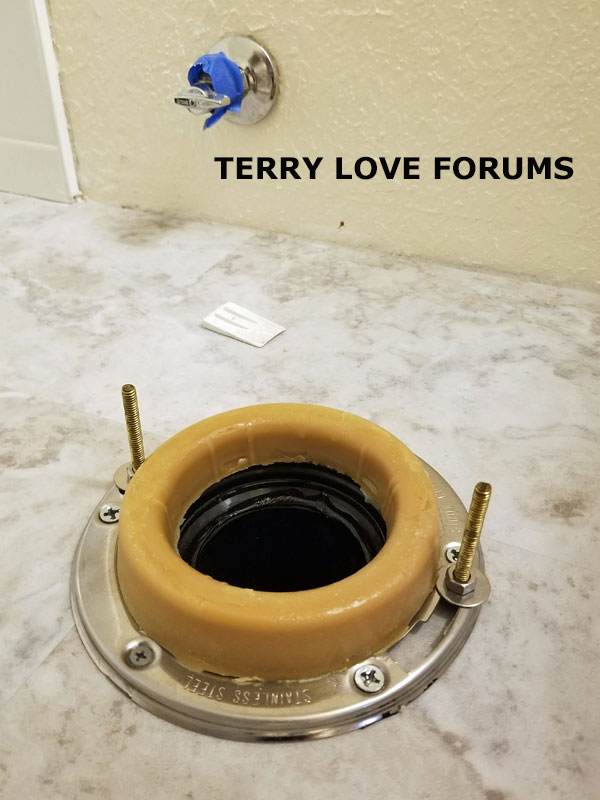To the original poster:
The DIY video is garbage. Ignore.
And you don't have anything like what's in the video. There is no cast iron anywhere in your photo.
Your "flange" isn't rusted. The metal ring surrounding (and incorporated in) your flange is rusted. That in and of itself isn't a huge deal. The "plastic" part of the flange and its seal against the pipe is what matters. From your photo, it appears that it is intact and just fine. It also appears that the slots for the closet bolts in the flange ring are intact and usable. Depending on your skill set, I'm not sure I would screw with it. If it bothers you, then, as Reach suggests, use a repair ring.
The reason you can't just "pull up" on the flange after you take the screws out of the floor is that the "plastic" part of the flange has been chemically-welded to the closet bend pipe when it was installed. The ring holds it in position in terms of lateral motion and provides a means to secure the toilet to the floor, but the connection of the pipe to the flange is done by applying chemicals to the "plastic" and sliding it into place so it welds together. I'm glad you didn't try to apply too much force.
The repair ring, if you go that route, just fits over the existing one. The Sioux Chief stainless one won't rust. You really only need the half, but you could also use the full one. Screw it to the floor, install your closet bolts, drop a wax ring (or SaniSeal or Korky Wax Free Toilet Seal) on top, and replace the toilet.
In terms of replacing the toilet: (1) Use TWO nuts on the closet bolt. The first one bolts the bolt to the flange, the second one (with a washer) bolts the toilet to the bolt/flange. Closet bolts with two nuts are available in better places. Or just buy a suitable extra nut for each bolt. Real solid brass or stainless is what you want. (Something like
this.) (2) Your flange sits on top of the floor like Code requires, so you only need one regular wax ring. (3) We recommend putting the ring on the floor and smushing the toilet down on top of it, like professional plumbers do, rather than trying to put the ring on the bowl, as some manufacturers inexplicably recommend. (4) If you use wax, you can smush down once; if you move the toilet up or laterally after that, you can break the wax seal; an advantage of the wax-free SaniSeal or Korky is that you can pull and replace the toilet a bunch of times without needing to scrape off the wax to start again, an advantage for newbies.
Good luck. Come back with any more questions.


